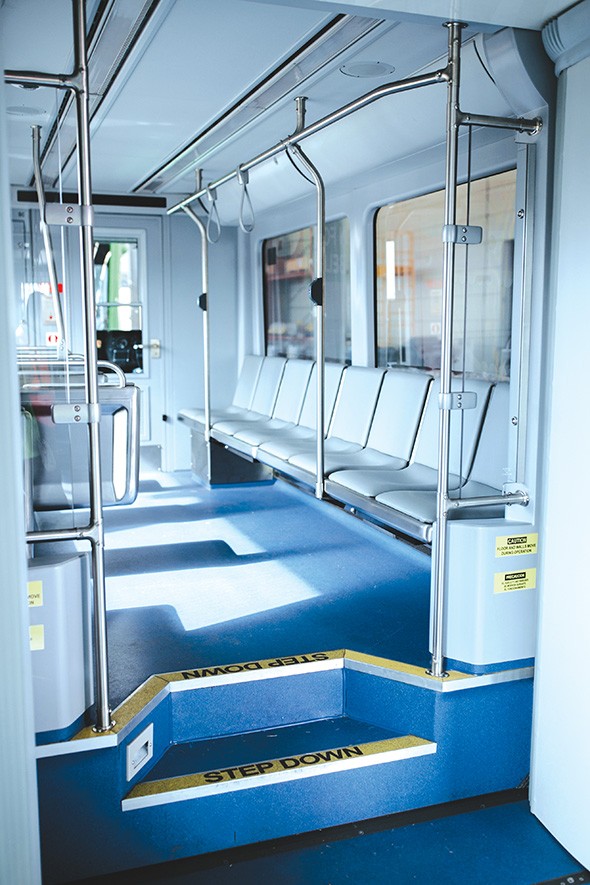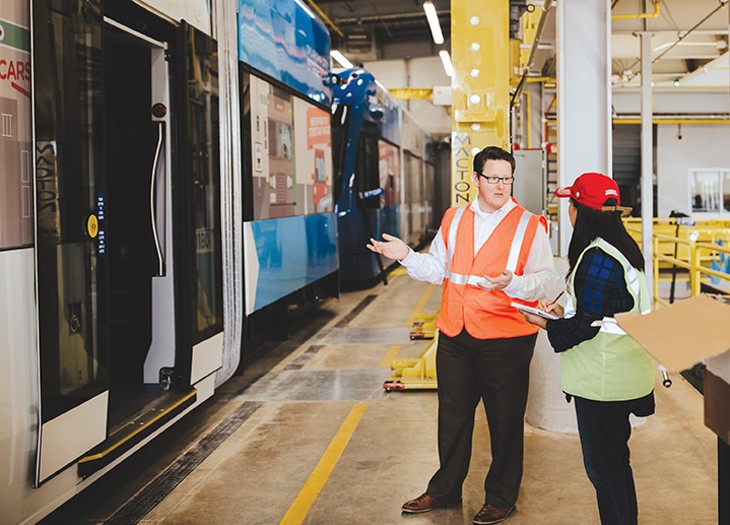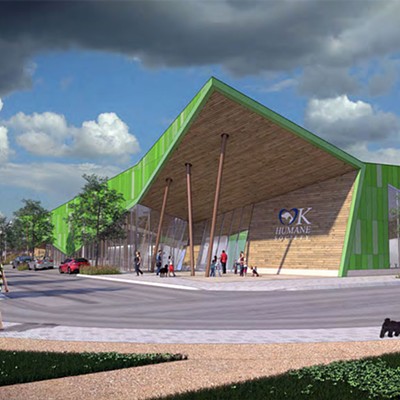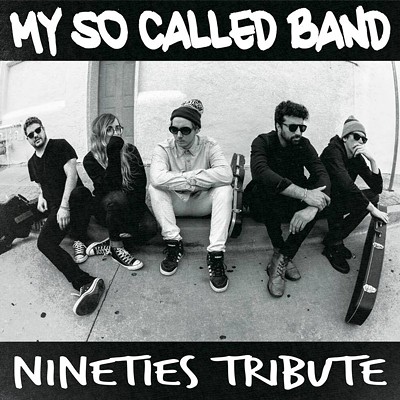A heavy nail will be driven into the tracks that lead to modernity and a new chapter of Oklahoma history will be written with the launch of Oklahoma City’s streetcars Dec. 14.
Weighing 80,000 pounds and stretching 67 feet long, each of Oklahoma City’s seven new streetcars is a sight to behold and possibly, Embark spokesman Michael Scroggins said, intimidating at first glance.
“We know that we are introducing these to an audience who has never seen them before, at least within their home state, and we understand that for the first couple of months after the launch, there will be a learning and adjustment period,” Scroggins said.
The shock and awe of Oklahomans has already been seen across social media.
“I’ve been a downtown OKC nerd for half my life,” said Shane Hampton, who is the director of urbanism, placemaking, and transportation at OU Institute for Quality Communities, on Twitter. “I daydreamed about streetcars before MAPS 3 existed … so seeing a streetcar rolling down Bricktown just now was pretty cool.”
The colors of the streetcars and their affectionate names help soften their appearance, Scroggins said.
Pink streetcars have been named “redbuds” while blue ones are called “clear skies” and green ones, “Bermudas.”
For decades, experts have expressed their belief that streetcars are more efficient, economical and better for the environment than standard buses and other means of transportation.
After a 2005 regional transit study demonstrated how a streetcar system could be beneficial to OKC, city council members considered streetcars as a possible project for the city’s MAPS 3 program.
In 2009, residents voted in favor of the initiative and fundraisers began collecting the 1-cent penny tax used to fund the $135 million project, Scroggins said.
“We are unique in the fact that this massive project has been paid for,” Scroggins said. “We’ve remained debt-free while creating this huge system for Oklahoma City.”
Each streetcar costs $4 million.
Each one can hold up to 104 people, is handicap-accessible, has sensors to account for passengers coming in and going off and has storage space for bikes and wheelchairs. Screens will visually announce stops while a recorded announcement will audibly let passengers know when their stop is near.
“This is just the beginning of what’s to come for Oklahoma City.” — Michael Scroggins
tweet this
Even though the streetcars will run mostly on electricity, an operator will always be present and has the ability to stop and slow down at will.
“We are a hybrid system,” Scroggins said. “We are 60 percent electrical and 40 percent manual.”
Scroggins said the wires that exist above the tracks help power the streetcars. Cars are permitted to travel on the side of the street where tracks exist.
Oklahoma City’s transportation system, Embark, oversees all transit in the city and has added the city’s streetcars to the number of systems it manages.
Tucked away behind construction on Seventh Street between Walker and S. Harvey avenues, OKC Streetcar Storage and Maintenance Facility houses the seven streetcars, their cleaning and maintenance tools and a command center from which operations flow.
While the facility is fully equipped to ensure successful streetcar operations in OKC, it lacks the machinery needed to offer the streetcars preventative maintenance.
One device used to churn the wheels of the streetcars costs about $1 million, Scroggins said.
Because of the hefty price tag associated with tools needed to offer the streetcars preventative care, OKC Streetcars partnered with DART Streetcars in Dallas whose maintenance facility offers additional tools and services.
“It’s not uncommon for cities with streetcars to partner with one another,” Scroggins said. “We’re kind of like a big family that’s always in motion.”
While Oklahoma City might be joining a national movement toward the usage of innovated transportation methods, streetcars are not new to the Sooner State.
Progressive beginnings
Streetcars were widely used in OKC from statehood in 1907 until 1947. The streetcars looked vastly different from the ones set to launch in December and were used by settlers who needed to travel within the city.“Before streetcars, Oklahoma City was a walking city,” Oklahoma Historical Society executive director Bob Blackburn said. “From the early 20th century until about 1928, streetcars were critical to the economy and ever-present.”
The streetcars of Oklahoma’s past have been lost or destroyed, Scroggins said, but the tracks remain beneath the state’s red dirt.
In fact, Scroggins said, some of the neighborhoods that are considered historic to the city today like Edgemere Park and Heritage Hills are situated where they are now because historic city organizers saw the appeal of living near trains.
“The history and design of our city was significantly impacted by streetcars,” Scroggins said.
With its latest addition, OKC has established itself once again as a city on the move. However, unlike the OKC streetcars of the 20th century, Oklahoma City’s latest additions will be equipped to offer heat and air conditioning when needed. The streetcars will travel 4.86 miles through downtown, Midtown, Bricktown, Automobile Alley and the Arts District and will stop at 22 notable destinations.
Passengers can purchase $3 day passes, $1 one-way trip passes or $32 monthly passes through an app called Token Transit or at pay stations located at each streetcar stop. Most bus passes can be used interchangeably with streetcar passes with no additional charges incurred, Scroggins said.
Plans to expand the streetcar to destinations like OU’s Health Sciences Center are being considered, Scroggins said.
Organizers are also considering creating a streetcar that will run from Edmond to Norman and back by the year 2043.
“This is just the beginning of what’s to come for Oklahoma City,” Scroggins said. “It’s a cause for celebration.”
City officials have expressed hope that the public will join them in celebrating the launch of OKC’s streetcars at a ribbon-cutting ceremony 10 a.m. Dec. 14 at Leadership Square, 211 N. Robinson Ave.
On Nov. 2, Embark announced a decision to allow streetcar passengers to ride for free for the first three weeks of operation beginning Dec. 14.
Following the ribbon-cutting, Scroggins said, streetcars will be fully operational.
Visit embarkok.com.













